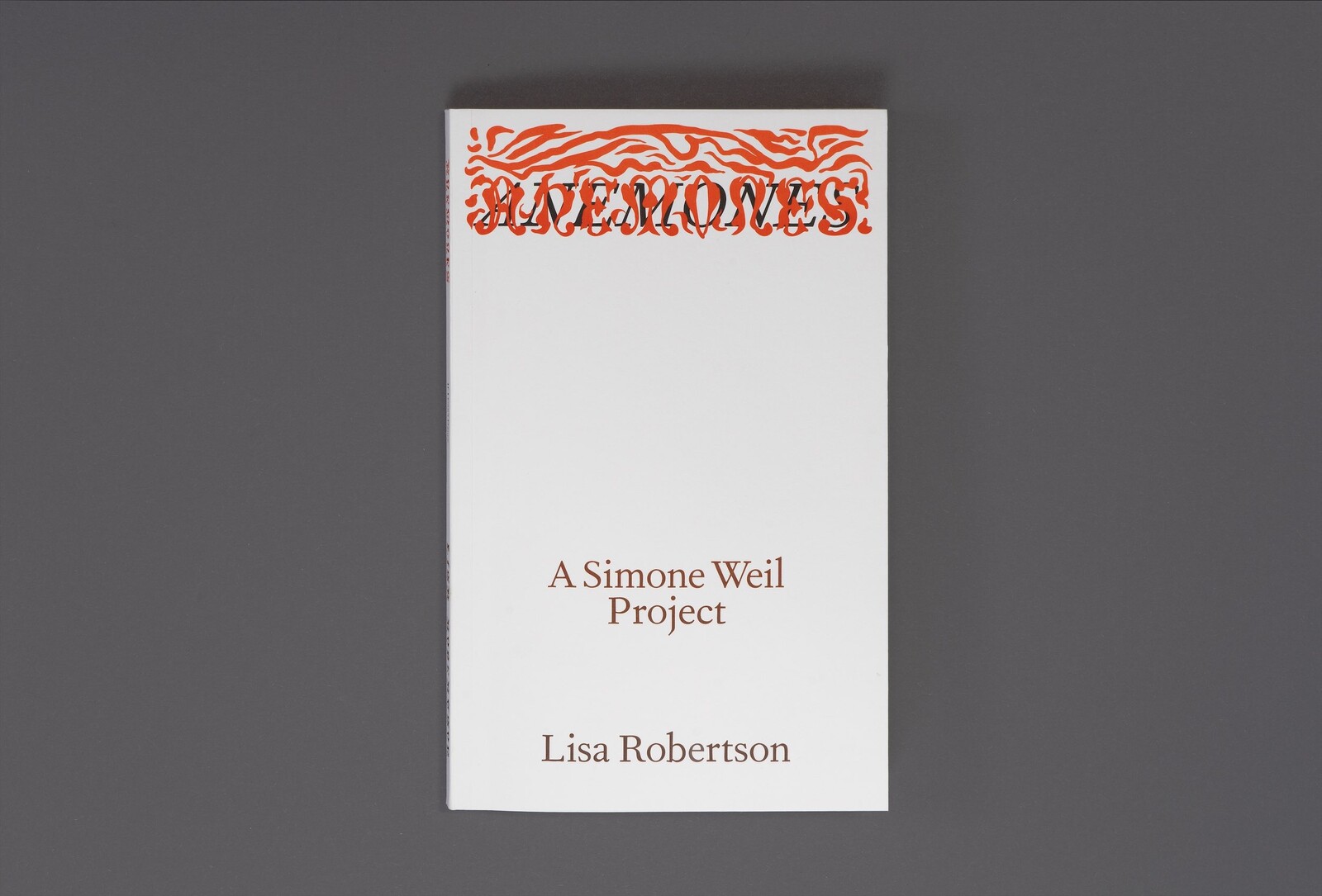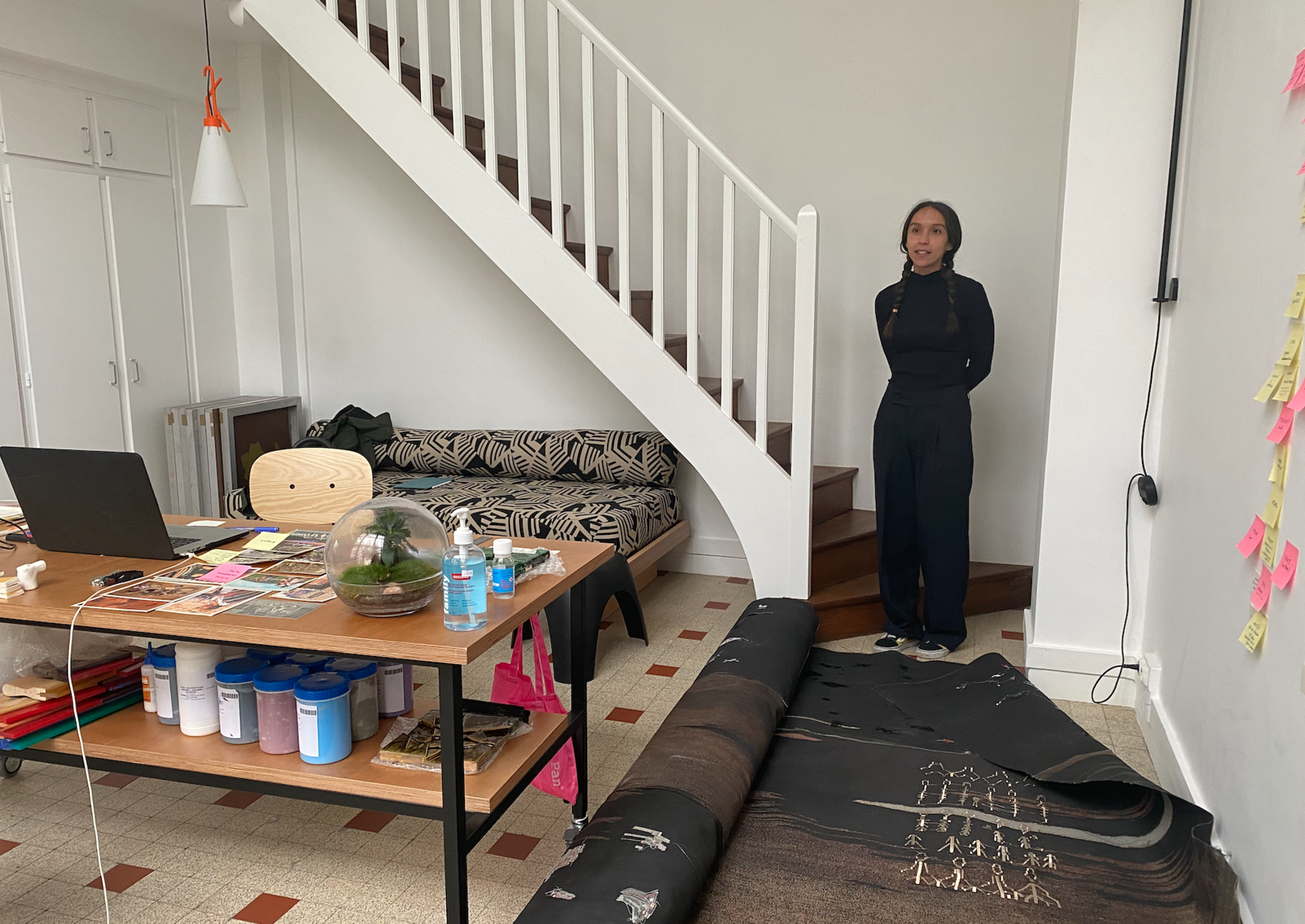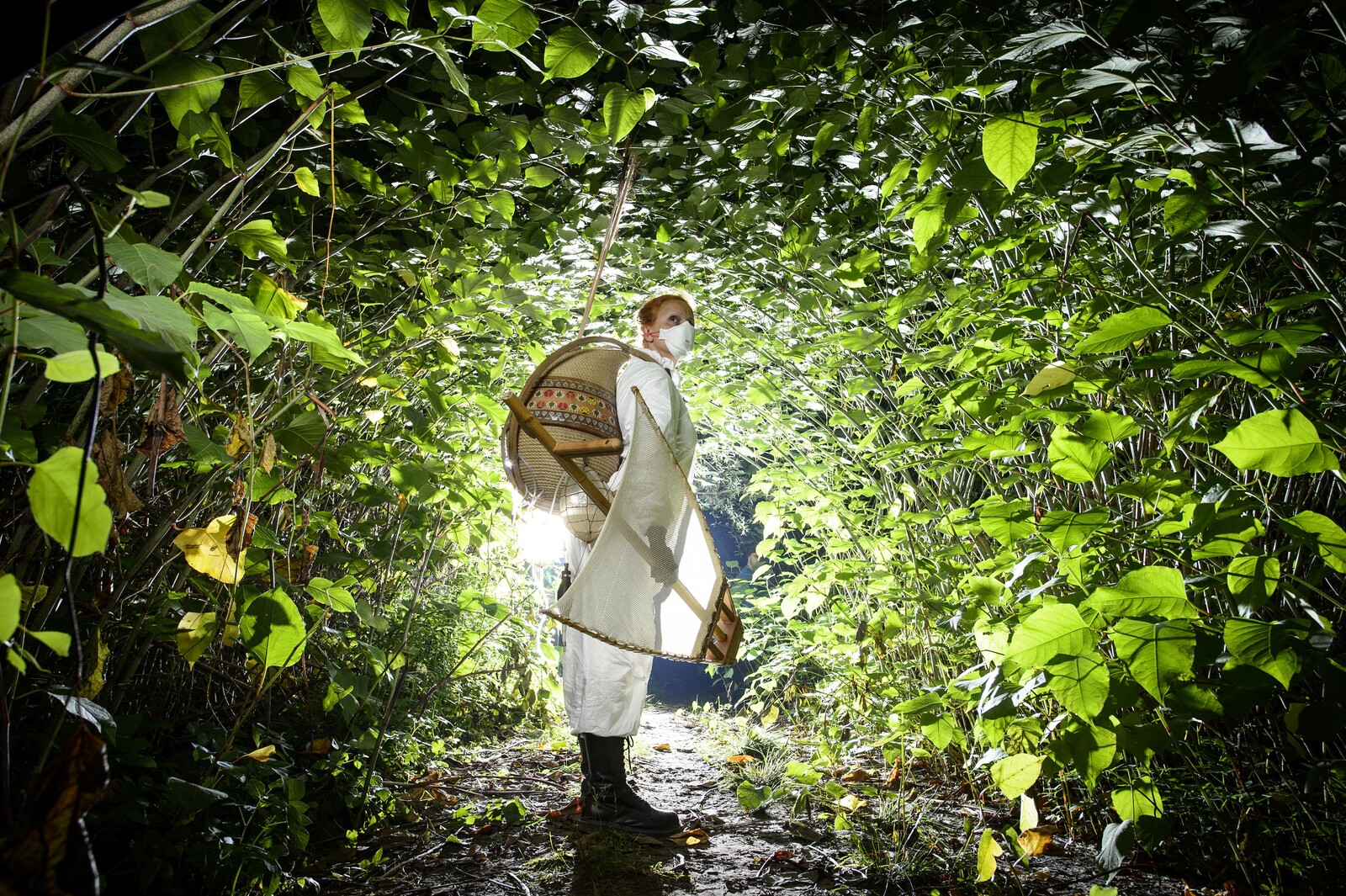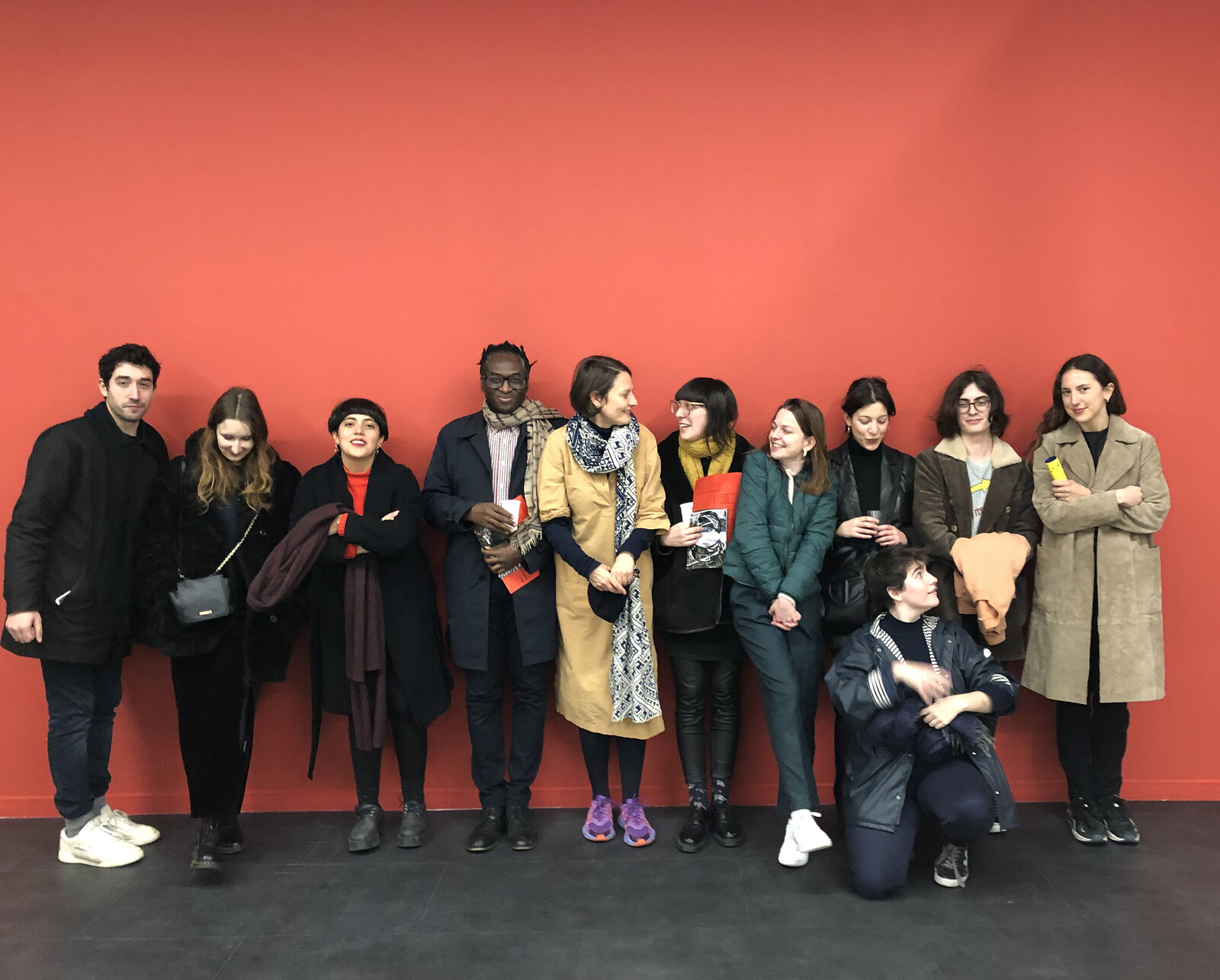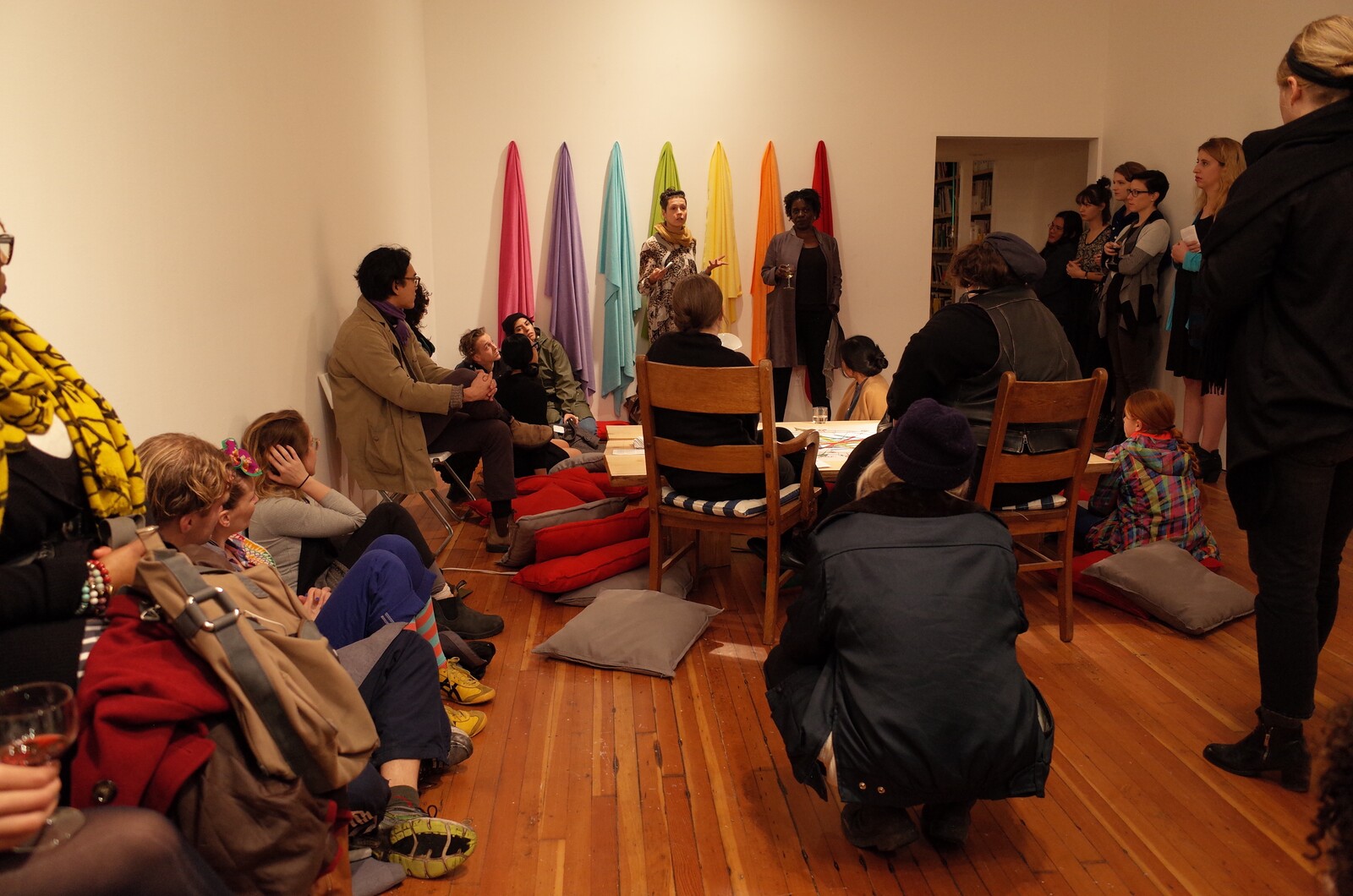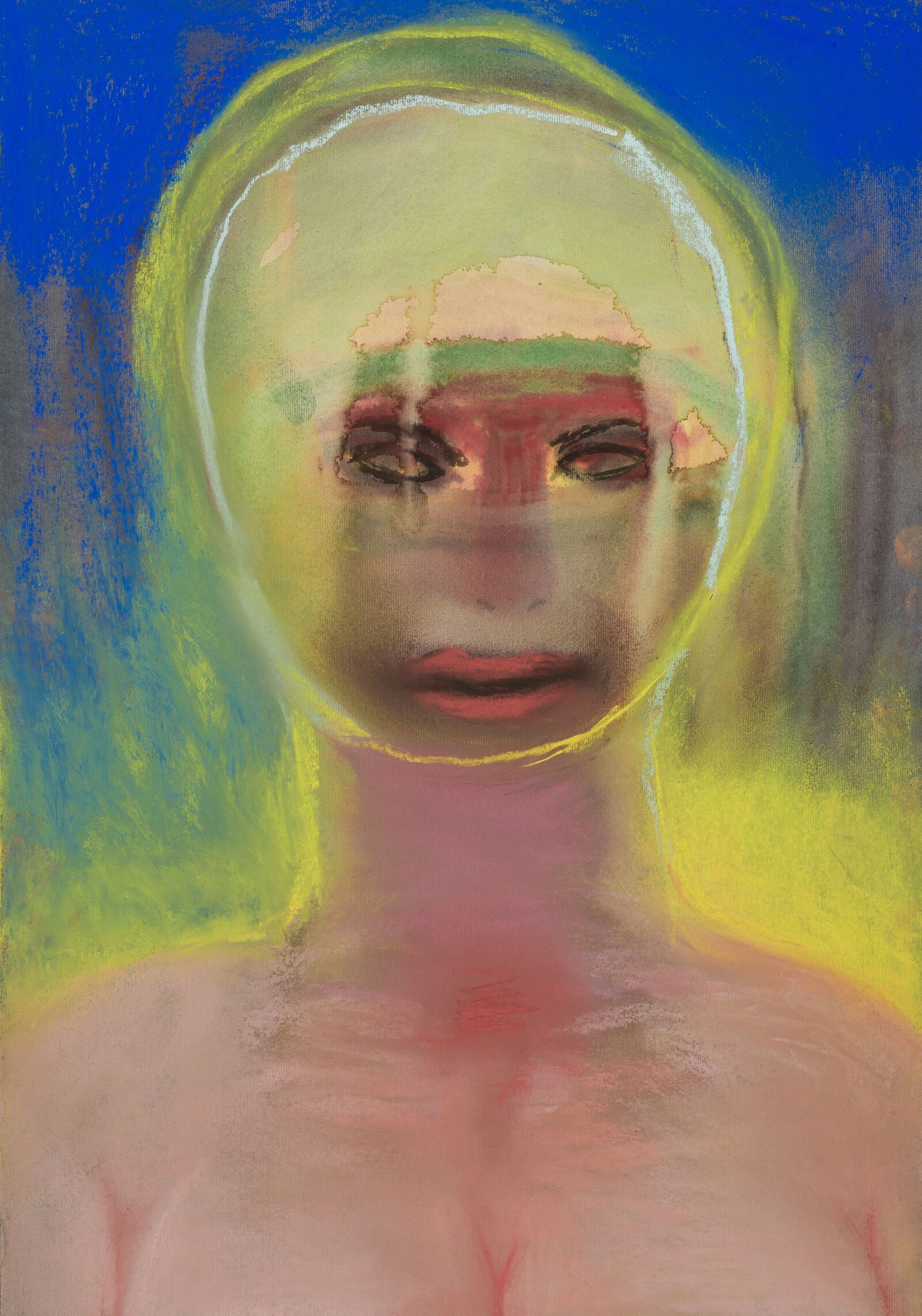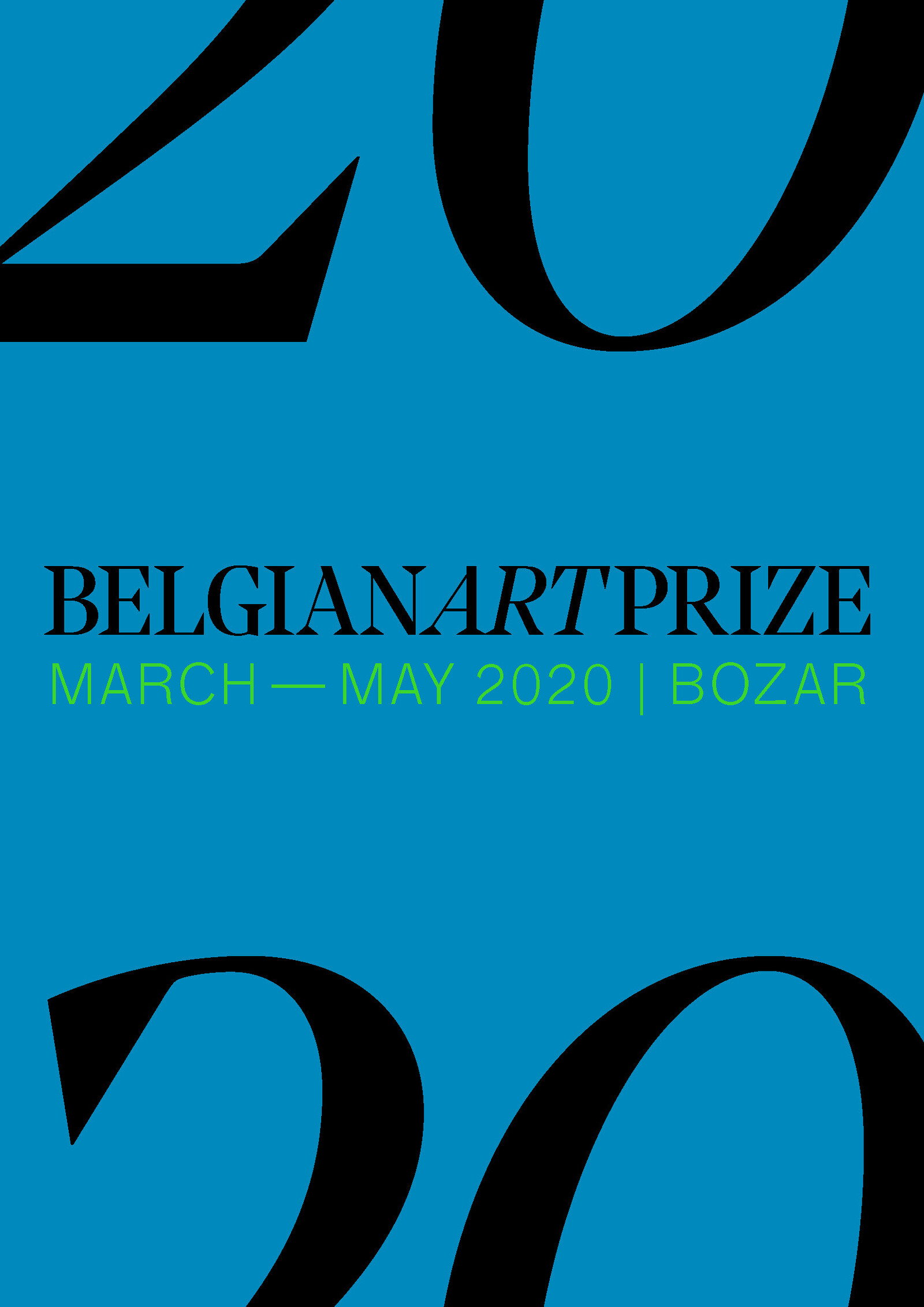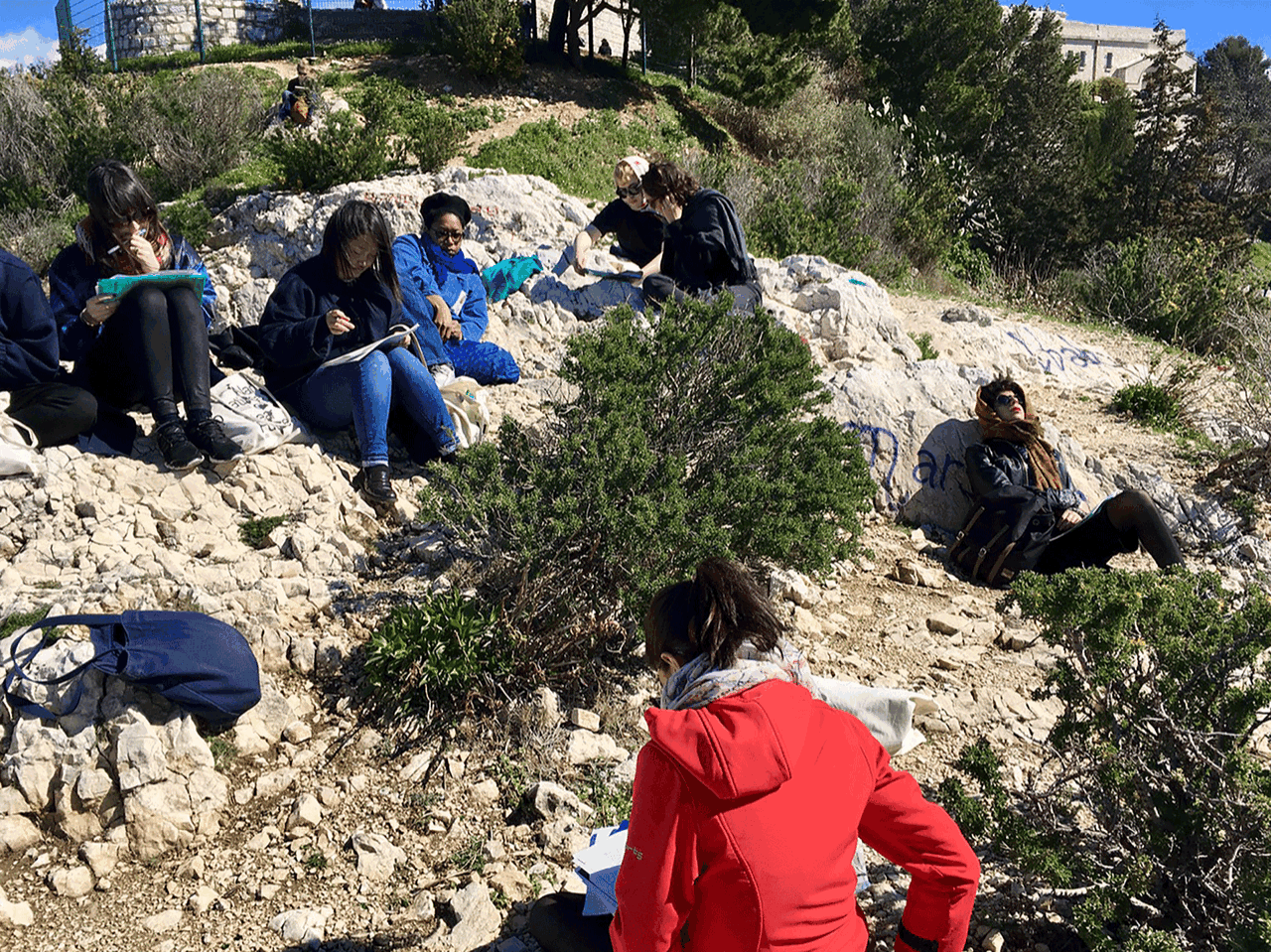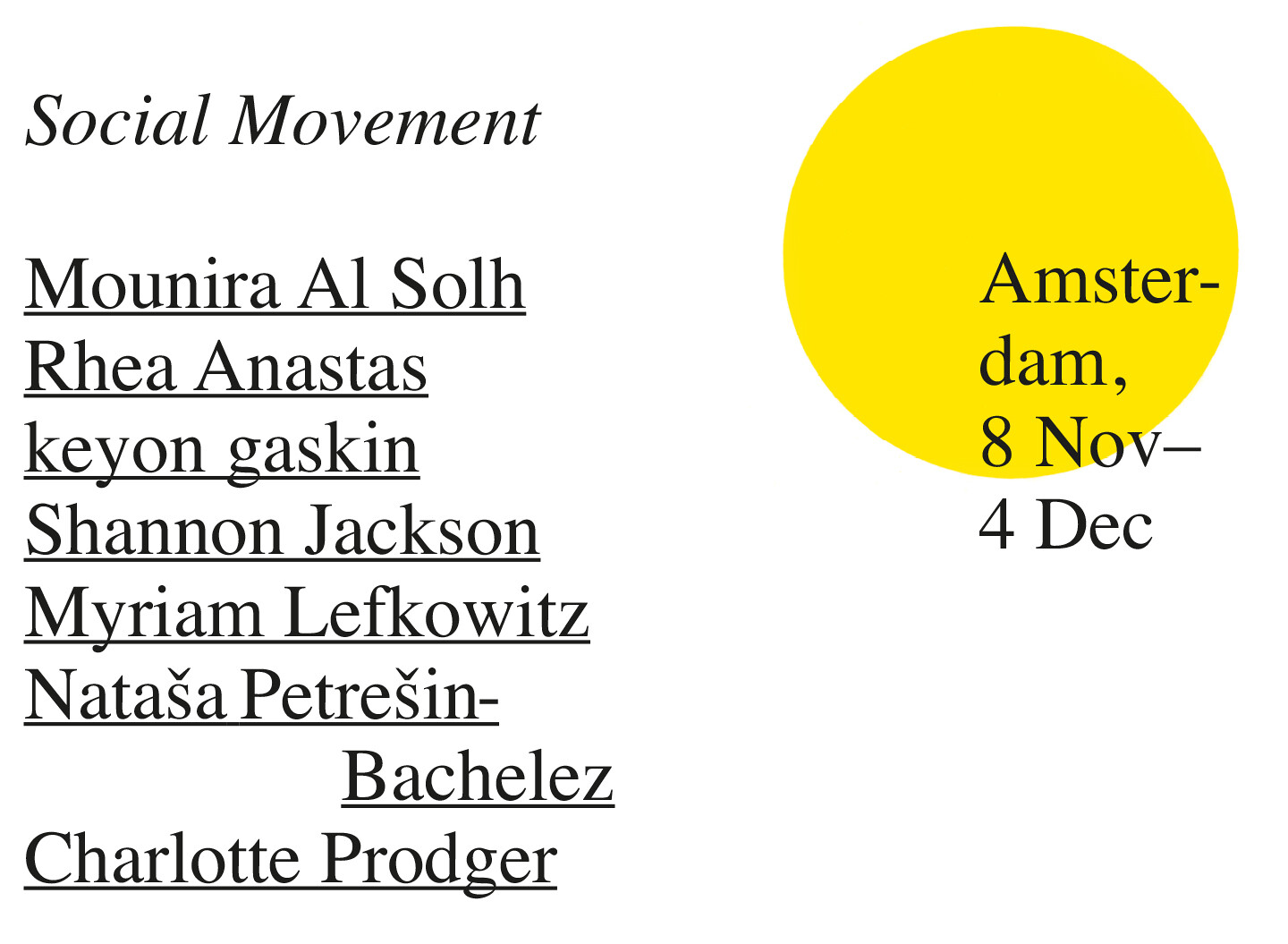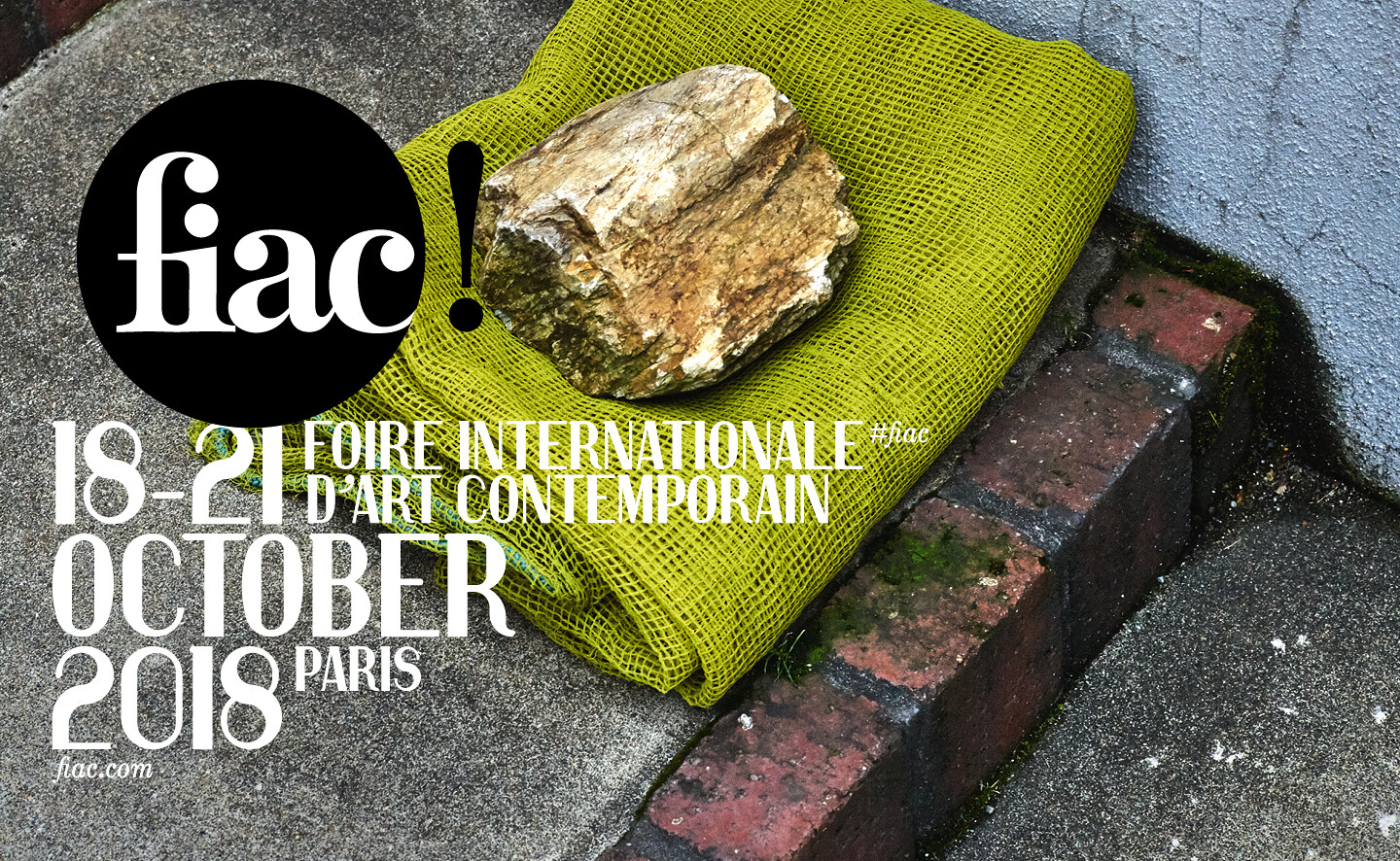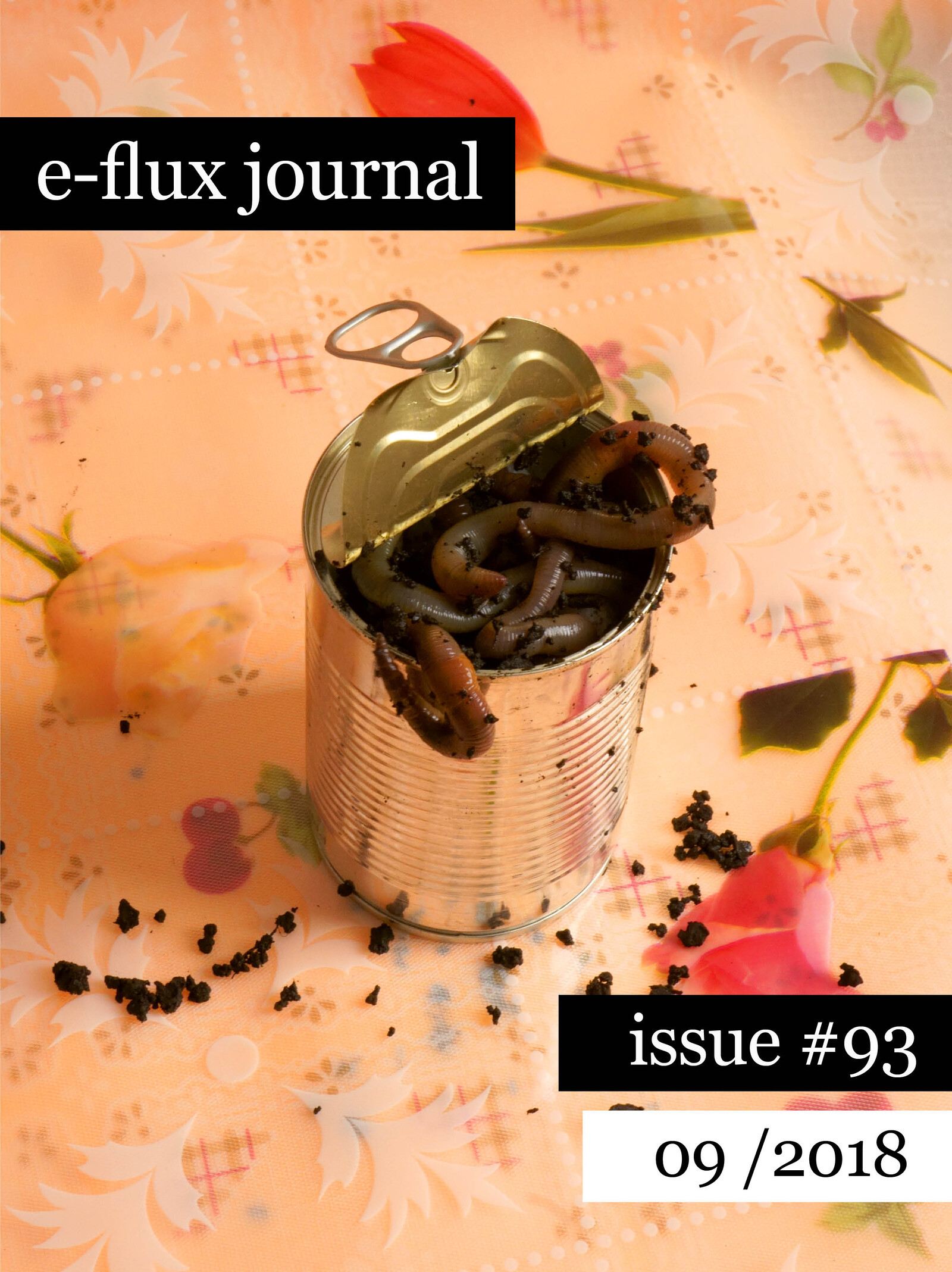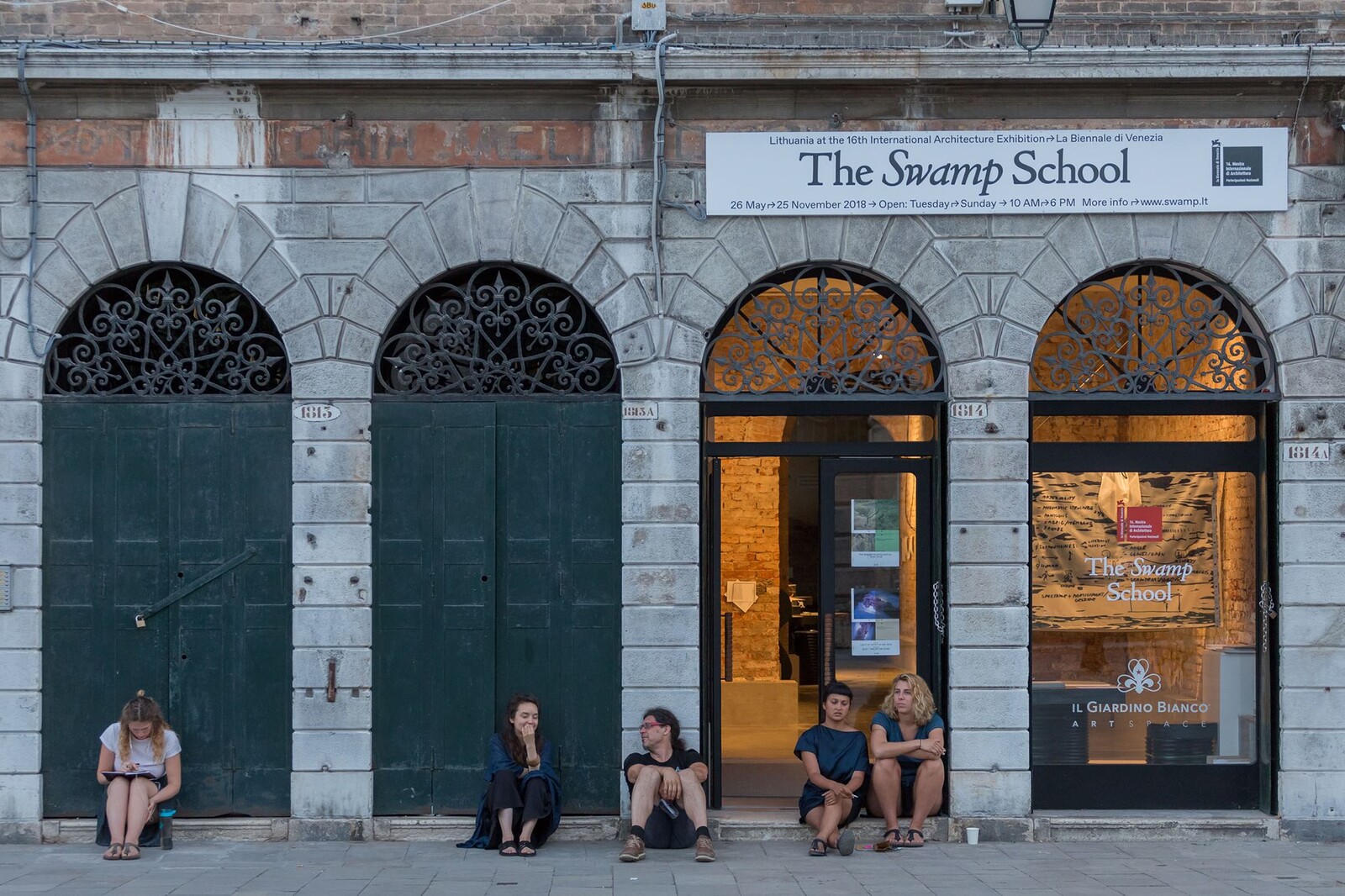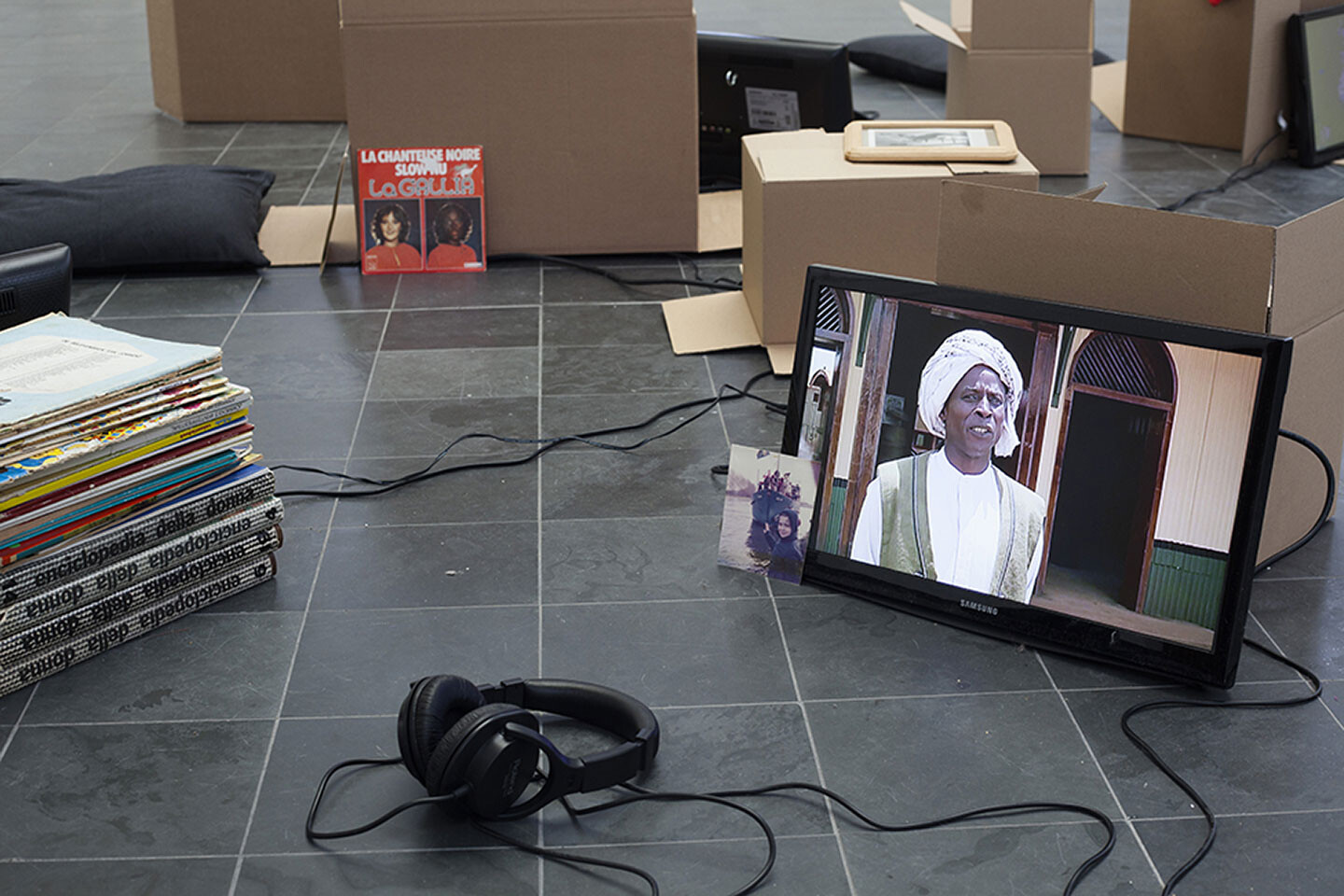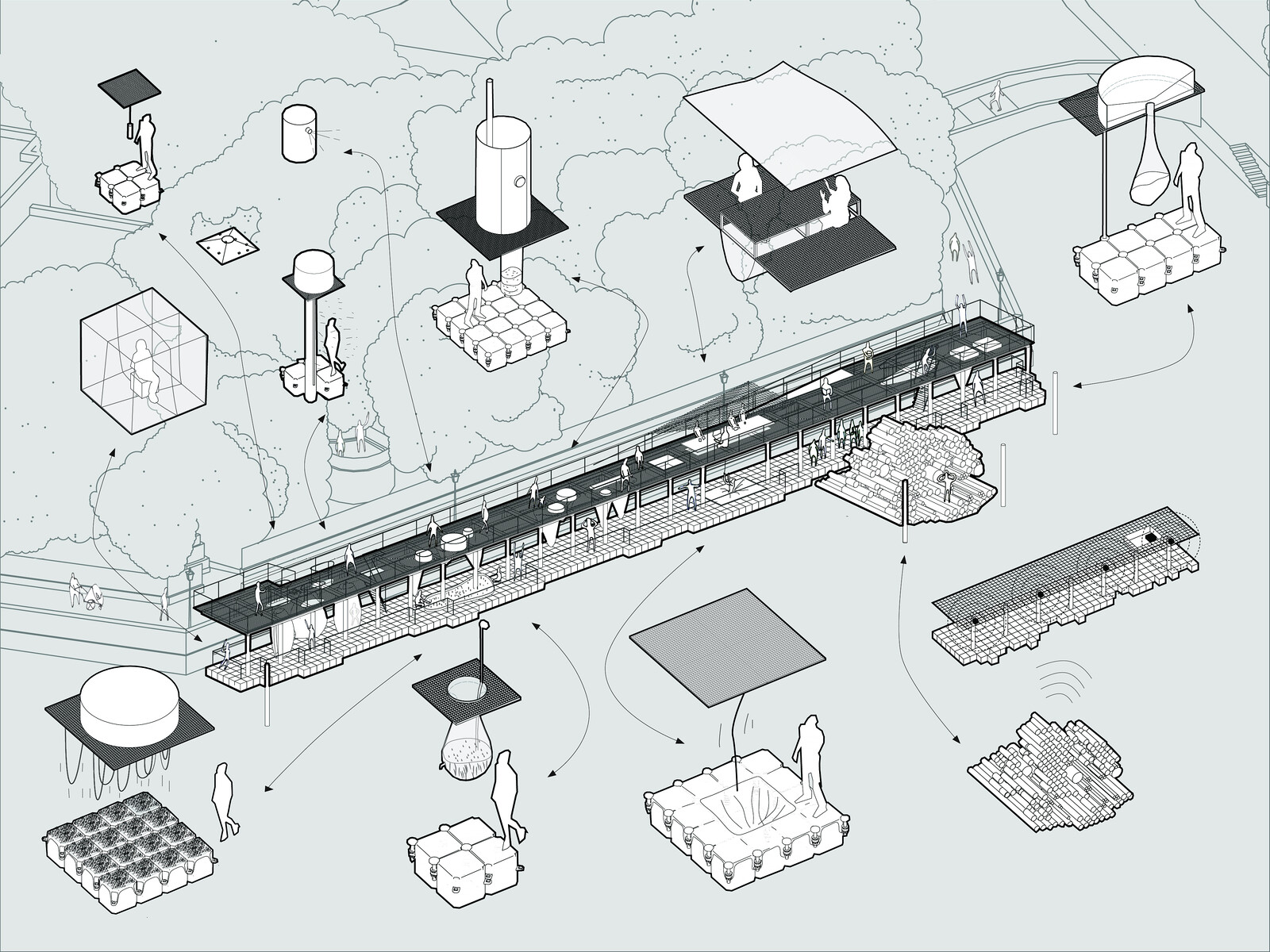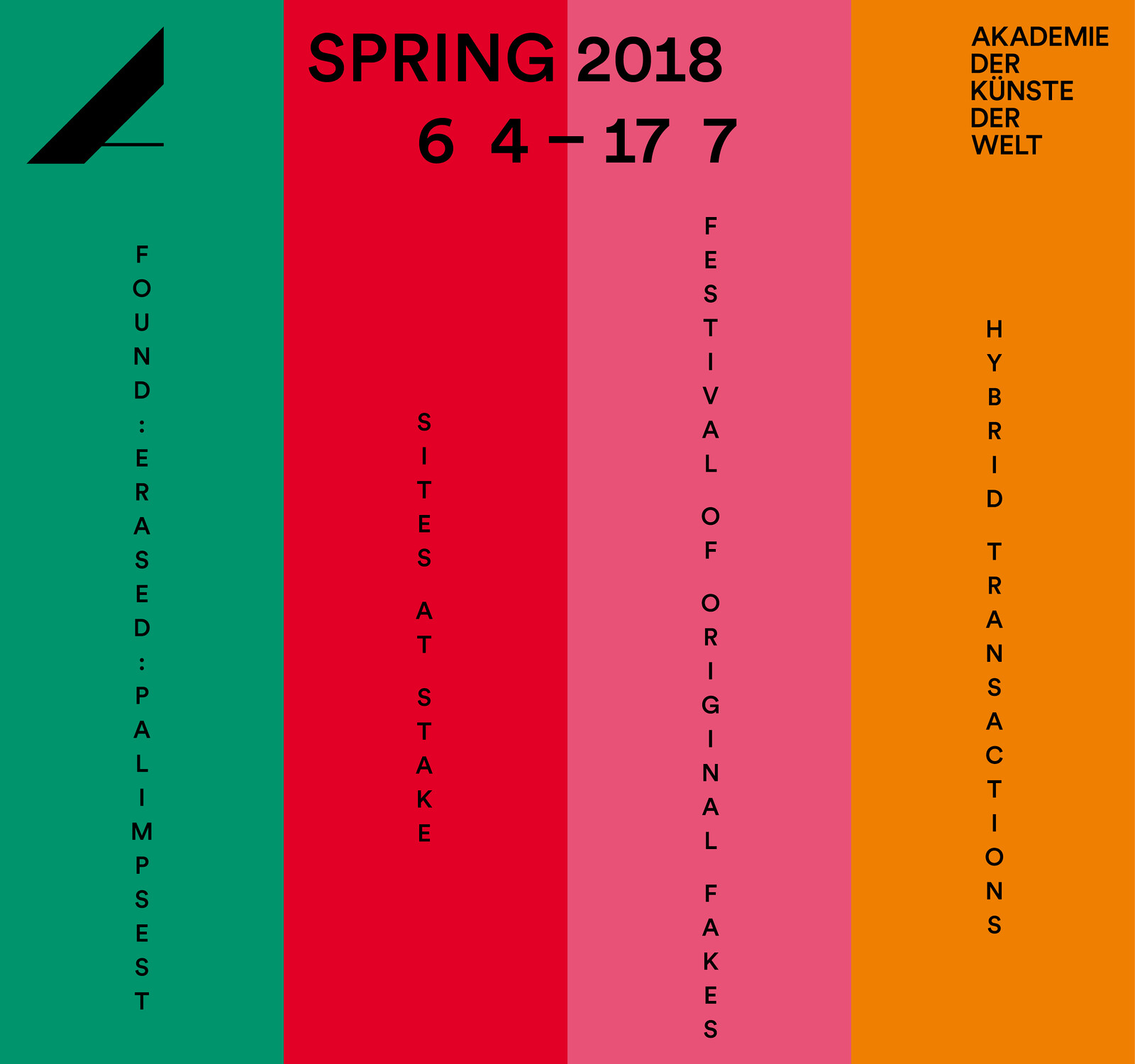Nataša Petrešin-Bachelez
“Who keeps the cube white?” is a crucial question asked by activists at Goldsmiths who are currently protesting for better working conditions and pay for cleaners at the school. For the generation of art professionals coming up now, the activism of groups such as Decolonize this Place and Gulf Labour Artist Coalition is of immense importance. The art organization Khiasma, based in the town of Les Lilas in the suburbs of Paris, aims to decolonize social relations through art by presenting challenging exhibitions and programs that pose questions about what and who produces space. Today, with neofascism acquiring greater visibility and power, intersectionality is a crucial framework for dismantling the power structures of race and gender within institutions. Practices of accountability, care, and mutual respect across hierarchical departments and job positions should be at the forefront of art institutional discourse today. At the same time, we must be wary of the appropriation of intersectional methodology by the very power structures it is intended to combat; as sociologist Sirma Bilge has written of the academic appropriation of intersectionality in the US, it can easily fall prey to the neoliberal “management of neutralized difference in our postracial times.”


